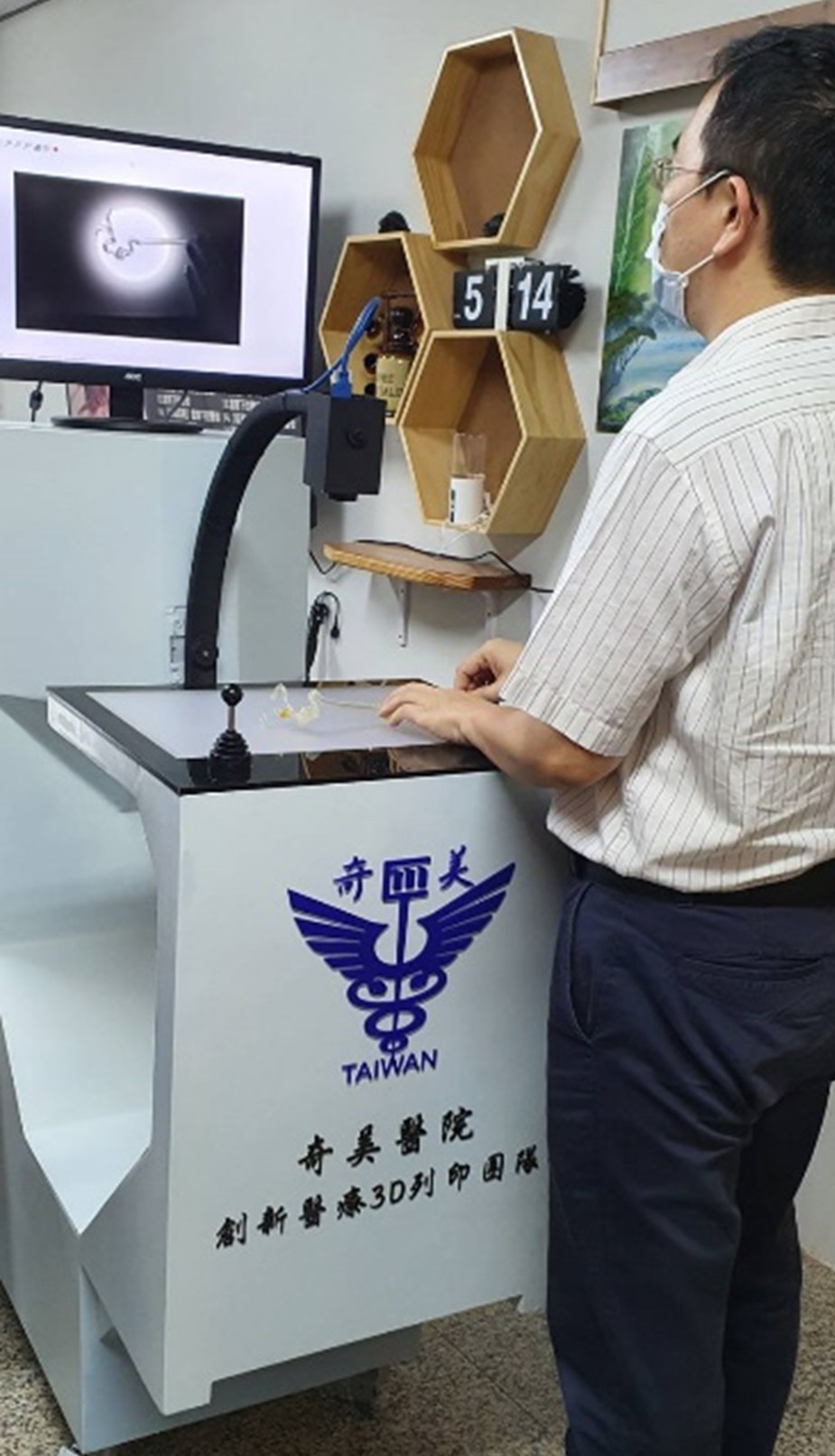
Chi-Mei Hospital
2021-11-24
In the past two decades, the neurovascular intervention had evolved rapidly and constituted the treatment mainstream of various neurovascular diseases, such as endovascular embolization for hemorrhagic neurovascular lesions (cerebral aneurysms, arteriovenous malformation and dural arteriovenous fistula)、stenting for carotid stenosis/ intracranial atherosclerotic disease and endovascular thrombectomy of acute ischemic stroke. In the real world, however, there are few training facilities to help the junior trainees to be familiar with the devices and techniques of neurovascular intervention. On the other hand, simulation model is becoming an important technique in neurosurgical training nowadays.
Using 3D printing technology and the 3D vascular database of our hospital, we had fabricated several patient-specific extracranial vascular simulators with different vascular tortuosity. This vascular simulator could be repeatedly operated in the angiography suite. It would be a training platform for the trainees to become familiar with neurovascular intervention and improve their performance in neuroendovascular procedures.
In this project, we had verified the effect of the full-sized patient-specific 3D extracranial vascular models for the resident training to improve their performance and safety in neuroendovascular procedures. Moreover, we had fabricated intracranial vascular models using soft material to imitate the vascular wall plasticity. Both intracranial and extracranial vascular models could be integrated into a whole-body vascular simulator. A continuous pulsatile pump was also incorporated into the integrated vascular model to enhance the effect of the hydrophilic coating of microcatheter and microwires. To diminish the radiation dose while training procedure, a real-time infrared imaging system was built-up for imaging guidance instead of the tranditional fluoroscope in the angio-suite. This novel vascular simulator and infrared imaging system could be a useful platform for neuro-interventional training and even pre-operation simulation.
